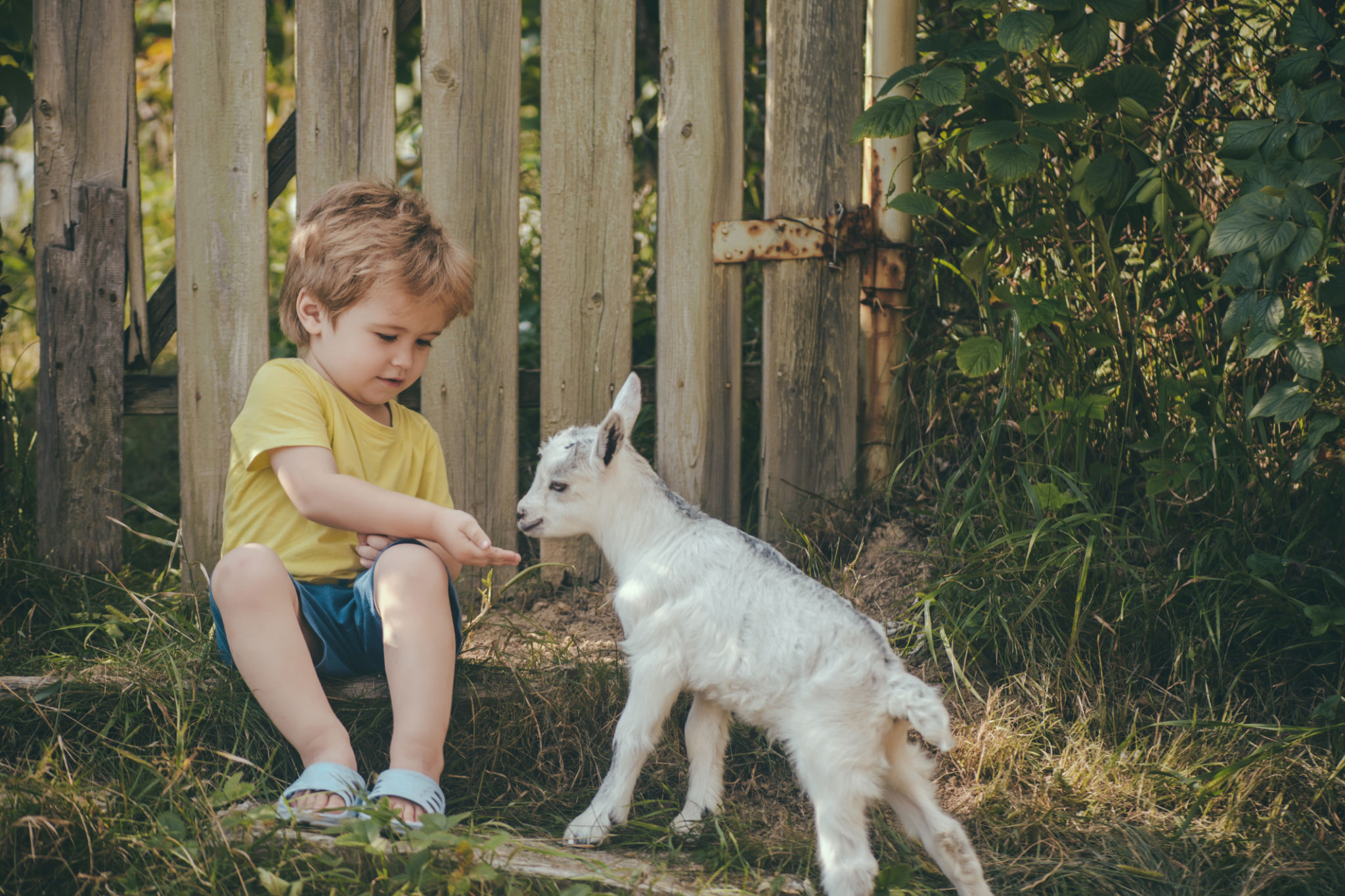Innovative Animal Education Programs: Inspiring the Next Generation of Conservationists
Innovative Approaches to Animal Education
In recent years, innovative animal education programs have emerged as a crucial component in fostering a deep understanding of conservation among younger generations. By engaging students with interactive and immersive experiences, these programs aim to inspire the next wave of conservationists who will advocate for wildlife preservation and environmental protection.

These educational initiatives often blend technology with hands-on learning, providing students with unique opportunities to explore the natural world while gaining valuable knowledge. From virtual reality simulations to field trips in wildlife reserves, the methods being employed are diverse and impactful.
Incorporating Technology in Animal Education
One of the most exciting advancements in animal education is the integration of technology into learning experiences. Virtual reality (VR) and augmented reality (AR) allow students to explore ecosystems and interact with wildlife in ways that were previously unimaginable. These technologies provide an immersive experience that helps students visualize complex ecosystems and understand the challenges faced by various species.
Additionally, mobile apps and online platforms offer interactive content that can be accessed both in classrooms and at home. These digital tools enable students to learn about animal behavior, habitats, and conservation efforts at their own pace.

Field Experiences and Hands-On Learning
While technology plays a significant role, traditional field experiences remain invaluable in animal education. Many programs emphasize hands-on learning through visits to nature reserves, zoos, and aquariums where students can observe animals in their natural or simulated habitats. These excursions provide firsthand insights into the importance of biodiversity and the impact of human activities on wildlife.
By participating in activities such as tree planting, habitat restoration, and wildlife monitoring, students gain practical skills and a deeper appreciation for environmental stewardship.

Collaboration with Conservation Organizations
Successful animal education programs often collaborate with conservation organizations to provide students with authentic learning experiences. These partnerships can offer students access to resources, expertise, and unique opportunities such as internships or volunteer programs with conservation projects.
Working alongside professionals in the field allows students to see the real-world application of their studies, reinforcing their commitment to conservation efforts.
Benefits of Early Conservation Education
Introducing conservation concepts at an early age has numerous benefits. Not only does it cultivate a sense of responsibility towards the environment, but it also encourages critical thinking and problem-solving skills. Students learn to assess environmental issues from multiple perspectives and develop innovative solutions.
Moreover, early education in conservation can ignite a lifelong passion for protecting our planet. Students who engage with these programs often become advocates for sustainable practices in their communities and beyond.

The Future of Conservation Education
As we look towards the future, animal education programs will continue to evolve, incorporating new technologies and methodologies to engage young minds. By fostering curiosity and compassion for wildlife, these programs play an essential role in shaping a generation that is committed to preserving our planet's biodiversity.
The positive impact of these educational initiatives is already evident, as more young people express interest in environmental careers and activism. With continued support and innovation, the next generation of conservationists will be well-equipped to tackle the pressing environmental challenges of our time.